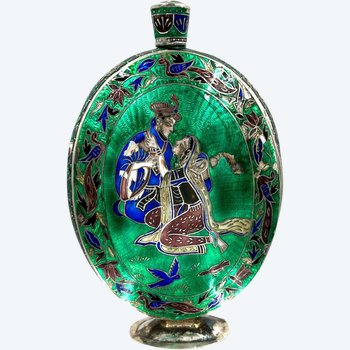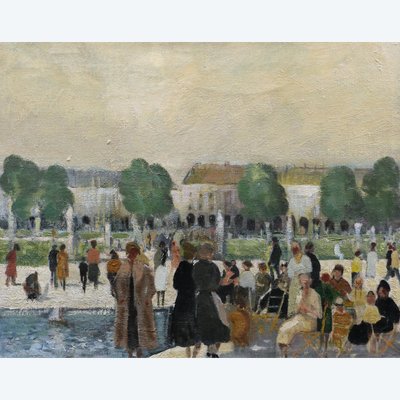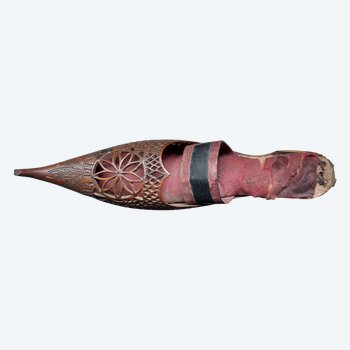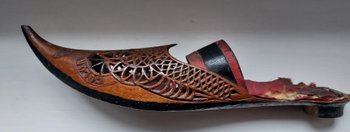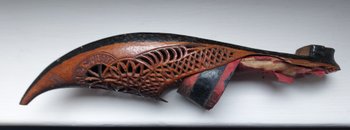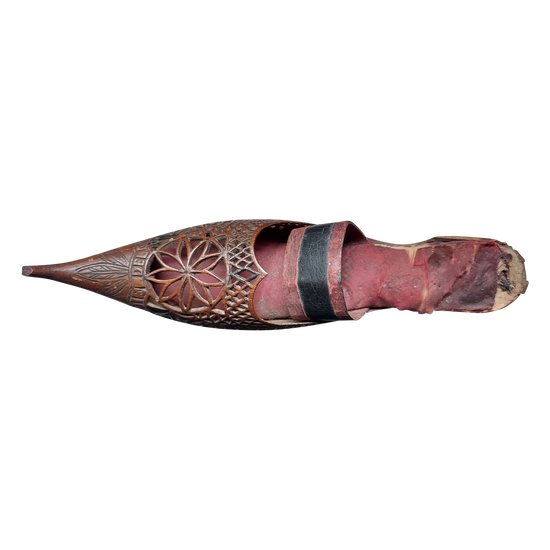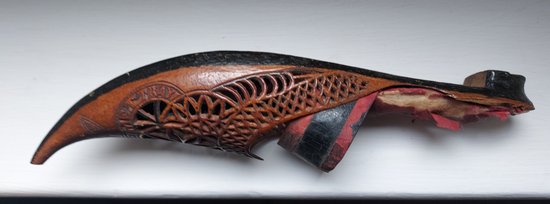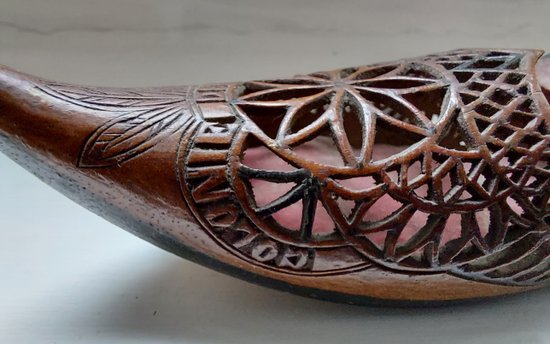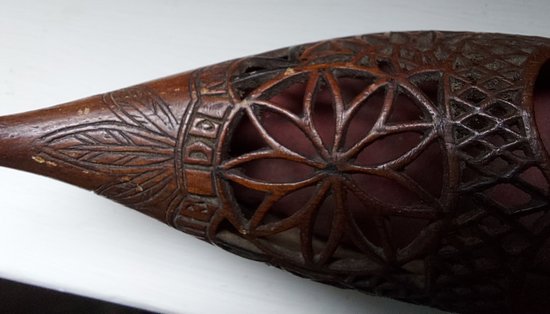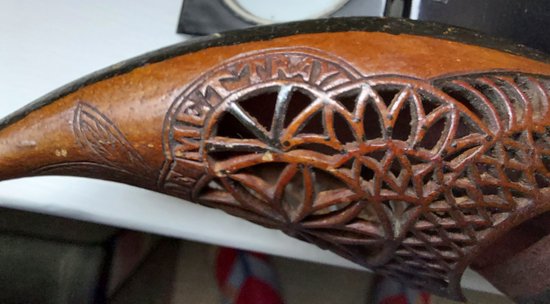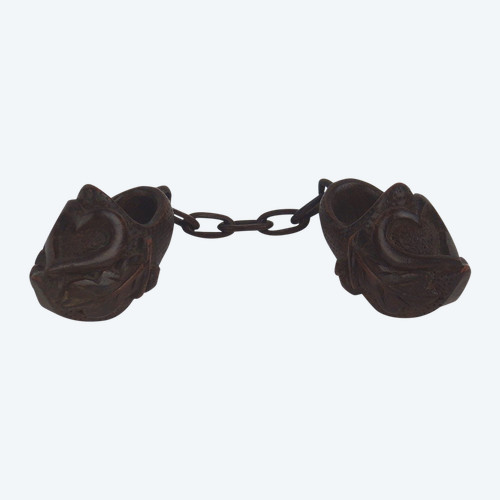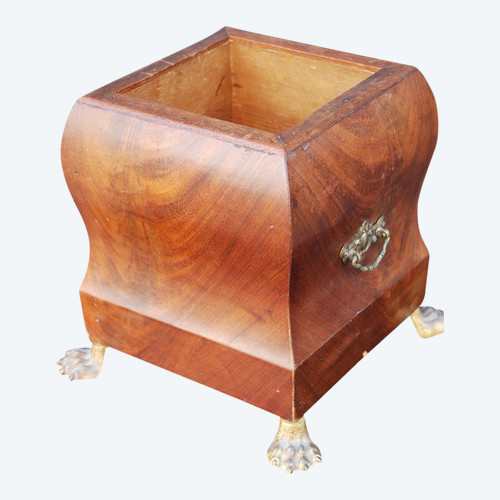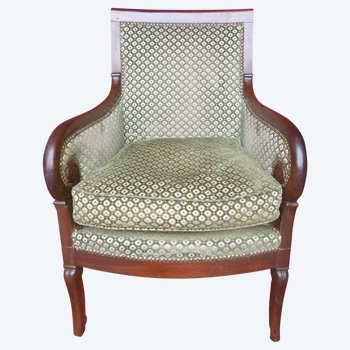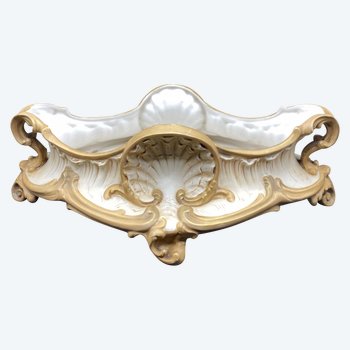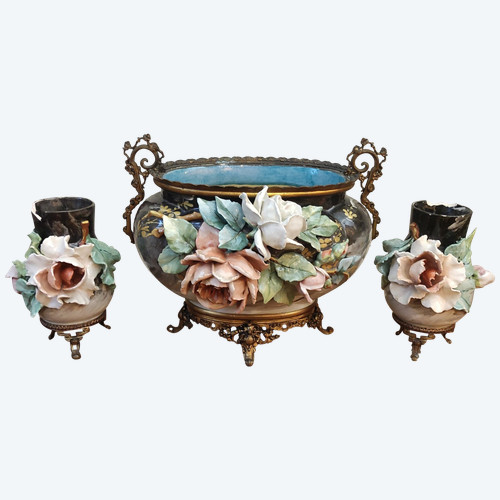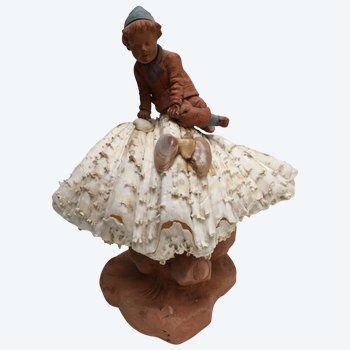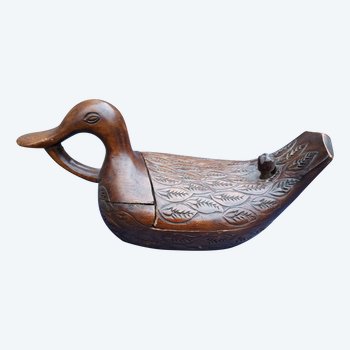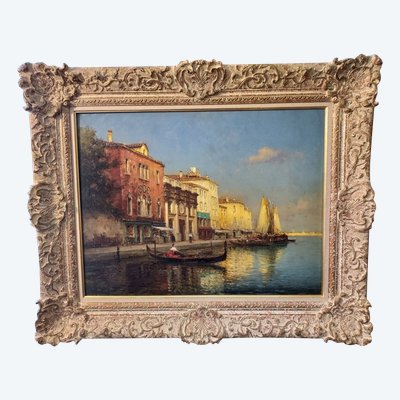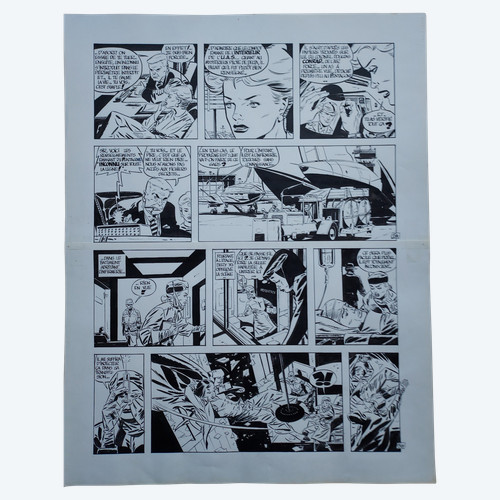This description has been translated and may not be completely accurate. Click here to see the original
Shoe in the shape of a clog, openwork sculpture, rose and inscription "Colonie de Mettray", 19th century.
Agricultural and penitentiary colony for children created in 1839 and closed in 1939.
Made of wood, fabric and cotton, lack of material at the heel and fabric insolate.
The agricultural and penitentiary colony of Mettray is an establishment created in 1839 to rehabilitate the youngest delinquents, located in Mettry, Indre-et-Loire. Closed in 1939, this establishment, despite its idealistic founding principles, namely to educate and re-educate young offenders through work on the land, is considered the ancestor of the children's prisons.
The creation, at the end of the 1830s, of the agricultural and penitentiary colony of Mettray, is linked to the Philanthropic movement and its reflections on the status of children and the prison world. At the time, there was no separation between adult and juvenile inmates. A few humanists decided to arrange the lives of young offenders who had been imprisoned with adults. Alexis De Tocqueville, a reformist magistrate and influential deputy, rapporteur of several commissions and bills on prisons, went to the United States to study the prison system. In 1833 he published, with Gustave De Beaumont, a booklet entitled Écrits sur le système pénitentiaire en France et à l'étranger, (or of the penitentiary system in the United States and its application in France). In order to reform French prisons, they recommend two systems of incarceration: the Cherry Hill prison (Philadelphia) and the Auburn prison. The Cherry Hill prison was based on individual solitary confinement (Bentham's panoptic principle described by Michel Foucault in surveiller et punir). The Auburn prison, which served as a model for Mettray, was based on silence, work in collective workshops, and night confinement.
On December 3, 1832, a circular from Count d'Arcout, Minister of Commerce and Public Works, reminded the prefects of their obligations regarding "the placement in apprenticeships of children judged under article 66 of the 1810 penal code. This article, which was never applied at the time, concerned offenders under the age of 16 who had been acquitted and had acted without discernment. It establishes a clear distinction between the penal sanction applied to convicted offenders and the educational measure that is only appropriate for these children.
Charles Lucas, general inspector of prisons in the Kingdom (1833), was in favor of separating children from incarcerated adults. After having considered the creation of separate quarters, he advocated the creation of institutions (agricultural colonies) intended to "save the settler by the land and the land by the settler".
The task of putting this idea into practice fell to Viscount Louis-Hermann de Bretignières de Courteilles and Frédéric-Auguste Demetz. The first one, a rich Tourangeau landowner, presided over the commission that studied the reform of the departmental prisons. He made available to the project a property of seven hundred hectares. Demetz, a lawyer and adviser to the Royal Court, travelled abroad with the architect Guillaume Abel Blouet (United States, England, Belgium, Holland, Germany) to gather ideas concerning the construction of the premises and the educational system of the future colony.
On June 4, 1839, the Société Paternelle was created with Alexis de Tocqueville, the architect Abel Blouet, Lamartine and the Viscount of Flavigny, General Councillor of Indre-et-Loire, as directors. The board of directors was presided over by Count de Gasparin, former Minister of the Interior and a peer of France. Frédéric-Auguste Demetz became vice-president and director of the Colony.
In addition to the refectory and dormitories, this private establishment had a chapel, workshops, stables, farm-schools, vast cultivated fields and even a stone quarry. It housed young boys acquitted by the courts for acting without discernment, those sentenced to imprisonment for more than six months but not more than two years, minors detained by way of paternal correction, children of the Assistance publique placed by the departmental services and, after the law of July 22, 1912, young people placed by the courts.
Source: Wikipedia
Ref: UEBACXH3AC



